In today’s interconnected world, building a robust and efficient network is critical for businesses and organizations of all sizes. From managing enterprise workloads to supporting smart IoT infrastructures, reliable switching technology is the foundation of modern networking.
One standout solution that bridges the gap between simplicity and sophistication is the L2+ managed switch. But what exactly is it, and how can it help improve your network’s efficiency? In this article, we’ll explain what an L2+ managed switch is, how it compares to other switch types, and explore its benefits and real-world use cases. Whether you’re running a small business or a scalable environment, you’ll discover why an L2+ managed switch might be the perfect solution for your needs.
Understanding Networking Layers: Layer 2 vs. Layer 3
To comprehend what an L2+ managed switch is, you first need a basic understanding of networking layers.
Layer 2 (Data Link Layer): The second layer of the OSI model, responsible for switching data packets within a Local Area Network (LAN). At this layer, devices communicate using MAC (Media Access Control) addresses to ensure data delivery within the same network.
Layer 3 (Network Layer): Handles packet routing between networks, using IP addresses to determine the most efficient path for data to travel.
Most traditional switches operate at Layer 2 to handle data forwarding and traffic switching within a LAN. Routers, on the other hand, operate at Layer 3, routing data between different networks using IP protocols.
An L2+ managed switch bridges the gap between these layers by providing basic Layer 3 functionality, such as static routing, on top of advanced Layer 2 switching features. This gives businesses a cost-friendly yet powerful way to manage inter-VLAN traffic without the complexity of a full Layer 3 switch.
What Is an L2+ Managed Switch?
An L2+ managed switch is a network switch that expands on the capabilities of a standard Layer 2 switch by offering limited Layer 3 functionalities, including static routing between VLANs. This makes it a hybrid solution for networks that require both efficient switching within a VLAN and lightweight routing across VLANs or subnets.
The "managed" aspect refers to the switch’s ability to be configured, monitored, and controlled through a web interface, command-line interface (CLI), or network management protocols like SNMP. Unlike unmanaged switches, L2+ managed switches allow users to define VLANs, set Quality of Service (QoS) priorities, and optimize bandwidth for critical applications like VoIP and video.
Key Features of an L2+ Managed Switch:
VLAN and Inter-VLAN Routing: The ability to isolate devices into VLANs and enable communication between those VLANs via static IP routing.
Static Routing: Direct data packets between subnets or VLANs without requiring a dedicated Layer 3 router.
Enhanced Security: Features like port access controls and encryption to secure your network.
QoS for Traffic Management: Prioritize bandwidth for specific traffic types, ensuring smooth VoIP and video calls.
Scalability: Support for link aggregation, trunking, and high port density for growing networks.
Efficient Multicast Traffic Management: Delivers network-intensive services like IPTV and video conferencing effectively.
In essence, an L2+ managed switch is both versatile and cost-effective, sitting comfortably between a standard Layer 2 switch and a more expensive Layer 3 switch.

How Does an L2+ Managed Switch Compare to Other Switch Types?
Understanding how an L2+ managed switch stacks up against Layer 2 and Layer 3 switches can guide your purchasing decision. Here’s a quick comparison:
| Feature | Layer 2 Switch | L2+ Managed Switch | Layer 3 Switch |
|---|
| Primary Role | Local data switching | Switching + lightweight routing | Full data routing and switching |
| Routing Capability | None | Basic routing (static routes) | Comprehensive routing (static and dynamic protocols like OSPF) |
| Ideal Use Case | Small, simple networks | Medium-size networks, VLAN setups | Large, complex networks |
| Cost | Budget-friendly | Moderate | High |
L2+ managed switches strike the balance for businesses that need advanced Layer 2 features with simplified routing, without the expense of a full-blown Layer 3 switch.
Benefits of Using an L2+ Managed Switch
Investing in an L2+ managed switch comes with a host of advantages, particularly for growing businesses or organizations in need of seamless inter-VLAN communication and advanced network control.
1. Cost-Effective Routing
With basic static routing capabilities, L2+ managed switches eliminate the need for a dedicated router in many medium-sized networks. This reduces equipment costs while streamlining network design.
2. Advanced VLAN Segmentation
Support for multiple VLANs allows you to isolate traffic for better security and network efficiency. Static routing ensures devices in separate VLANs can still communicate when needed.
3. Quality of Service (QoS) Control
Prioritize critical applications such as VoIP or video conferencing over less important network traffic. This ensures smooth operations for time-sensitive data.
4. Scalable Traffic Management
Handle growing amounts of data traffic with features like link aggregation, which doubles bandwidth by combining multiple Ethernet connections into one logical link.
5. Energy Efficiency
When paired with solar-powered PoE switches, L2+ managed switches can improve energy efficiency while supporting all required networking functions. This is especially advantageous for remote locations or off-grid setups.
Real-World Use Cases for L2+ Managed Switches
An L2+ managed switch is versatile and can be deployed across various environments:
Small and Medium Businesses (SMBs): Enables VLAN segregation and basic routing for inter-office communication without dedicated routers.
Smart Offices: Handles VoIP, video calls, and IoT traffic seamlessly with QoS features.
IoT Deployments in Industrial Networks: Facilitates efficient sensor-to-sensor communication with VLAN isolation and static routing to cloud servers.
Internet Service Providers (ISPs): Provides inter-VLAN routing while managing large multicast streams for IPTV services.
Solar-Powered Off-Grid Solutions: Works alongside solar powered switches for efficient network setups in remote areas.
Why Choose Lanbras for L2+ Managed Switch Solutions?
At Lanbras, we design advanced network solutions tailored to modern needs. Our L2+ managed switches stand out for their reliability, cost-effectiveness, and versatility. Features like VLAN management, QoS optimization, and compatibility with solar-powered setups make them a future-proof choice for businesses of all sizes.
Advantages of Lanbras L2+ Managed Switches:
Ease of Management: User-friendly interfaces for configuration, monitoring, and control.
Seamless Integration: Pair our switches with solar powered PoE solutions to achieve sustainable networking.
Scalability: Power devices in evolving networks with port flexibility and efficient traffic management.
Conclusion
An L2+ managed switch offers the perfect balance of advanced Layer 2 capabilities and basic Layer 3 functionality, making it ideal for growing networks. Whether you’re supporting VLAN communication, optimizing bandwidth, or routing inter-VLAN traffic, this flexible and cost-effective switch can meet your needs without unnecessary complexity.
When you integrate an L2+ managed switch with Lanbras’s solar powered PoE solutions, you can achieve both sustainability and cutting-edge performance. Ready to elevate your network? Explore our range of L2+ switches at lanaotek.com today and discover a networking solution that grows with your business.
FAQs
Q: What is the main advantage of an L2+ managed switch over a Layer 2 switch?
A: An L2+ managed switch offers static routing for inter-VLAN communication, which Layer 2 switches cannot provide.
Q: Can an L2+ managed switch replace a router?
A: Yes, in environments needing only basic routing (e.g., static routes). However, it cannot replace routers needing dynamic routing protocols like OSPF.
Q: Do L2+ switches support PoE?
A: Many L2+ switches include PoE capabilities or can integrate with solar powered PoE switches for remote, eco-friendly deployments.
Q: How does an L2+ managed switch benefit IoT networks?
A: By isolating IoT devices into VLANs and managing communication efficiently between them, while prioritizing mission-critical traffic.
 Internet Data Center
Internet Data Center FAQs
FAQs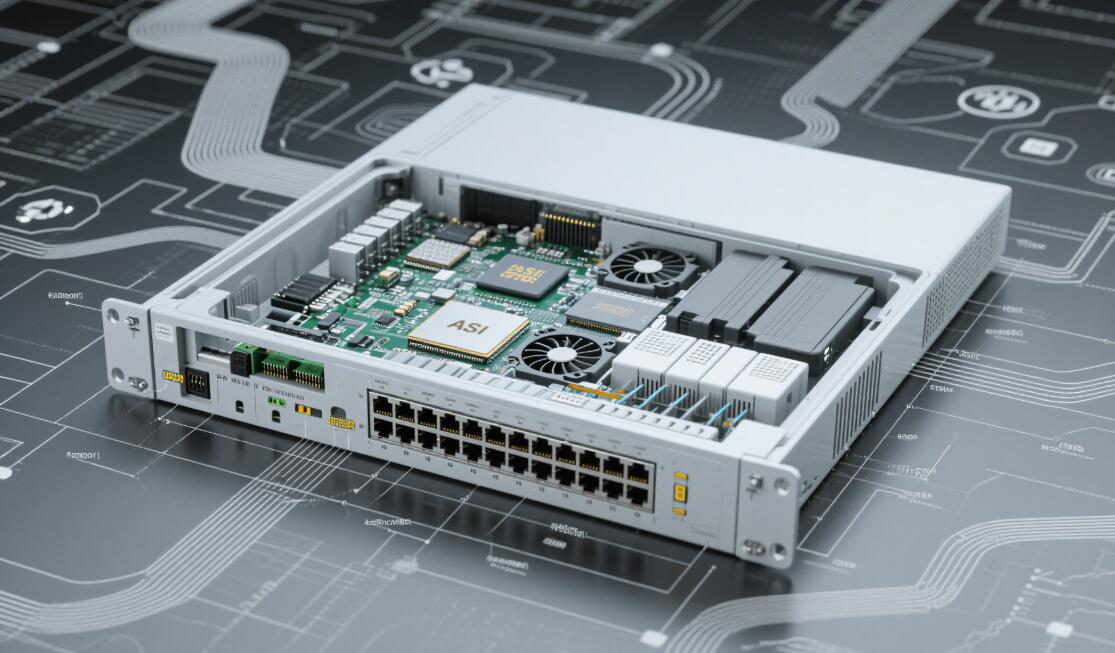 Industry News
Industry News About Us
About Us Data Center Switch
Data Center Switch  Enterprise Switch
Enterprise Switch  Industrial Switch
Industrial Switch  Access Switch
Access Switch  Integrated Network
Integrated Network  Optical Module & Cable
Optical Module & Cable 

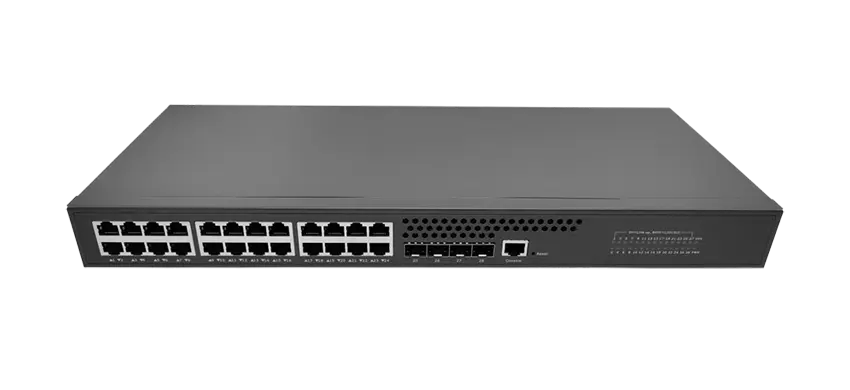
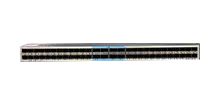

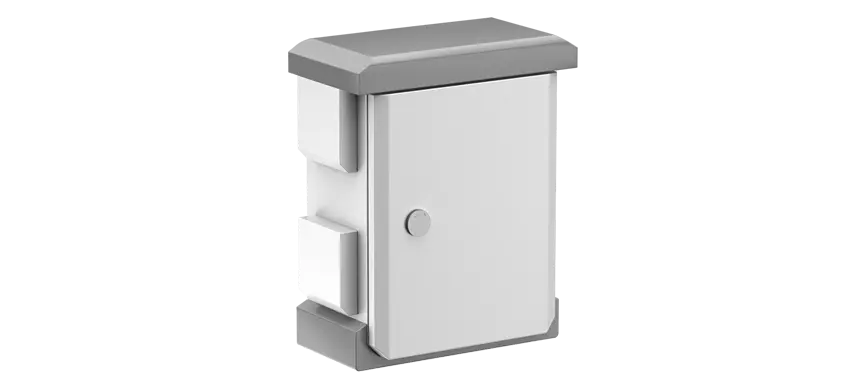

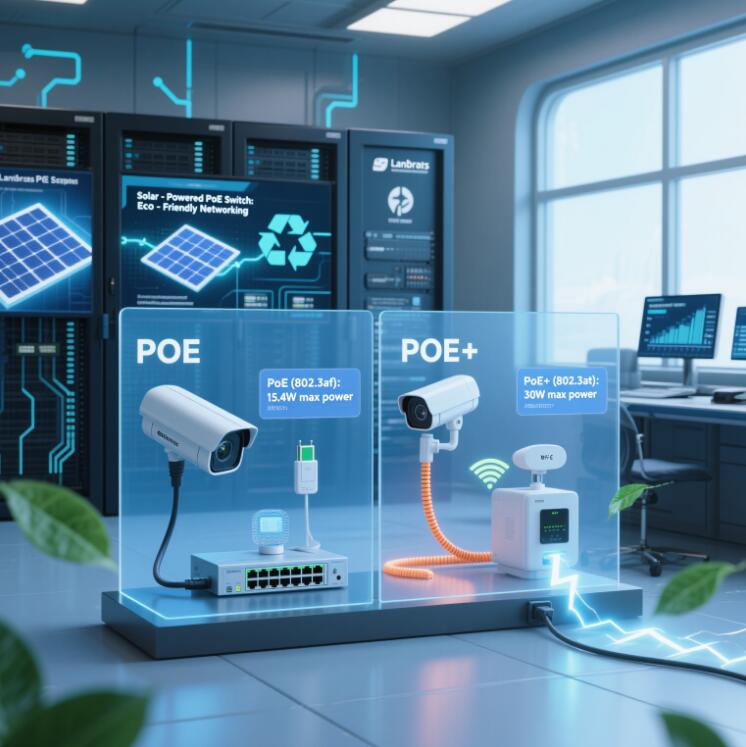
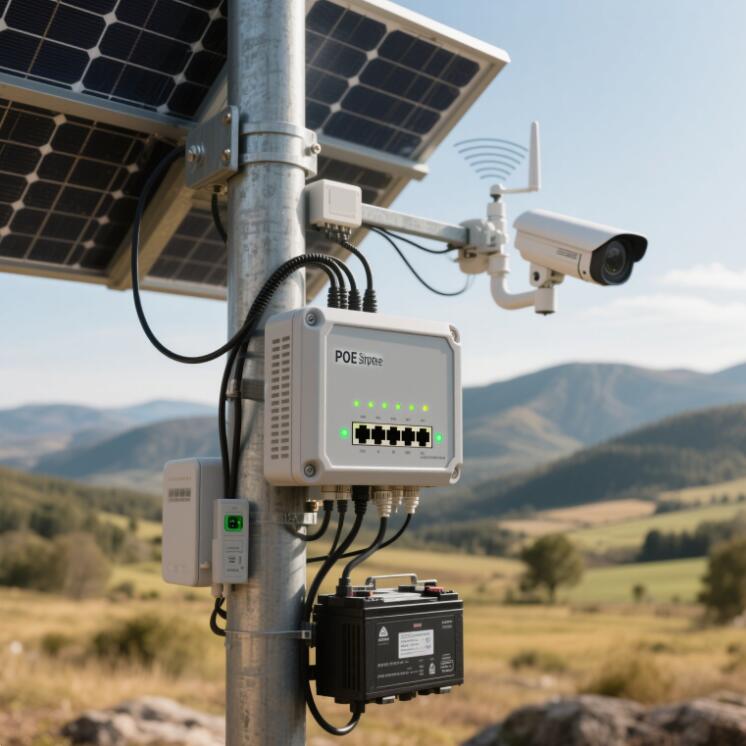
 Call us on:
Call us on:  Email Us:
Email Us:  Room 2106, 3D Building, Tianan Yungu Industrial Park, Xuegang Road No.2018, Bantian, Longgang, Shenzhen, P.R.C.
Room 2106, 3D Building, Tianan Yungu Industrial Park, Xuegang Road No.2018, Bantian, Longgang, Shenzhen, P.R.C.